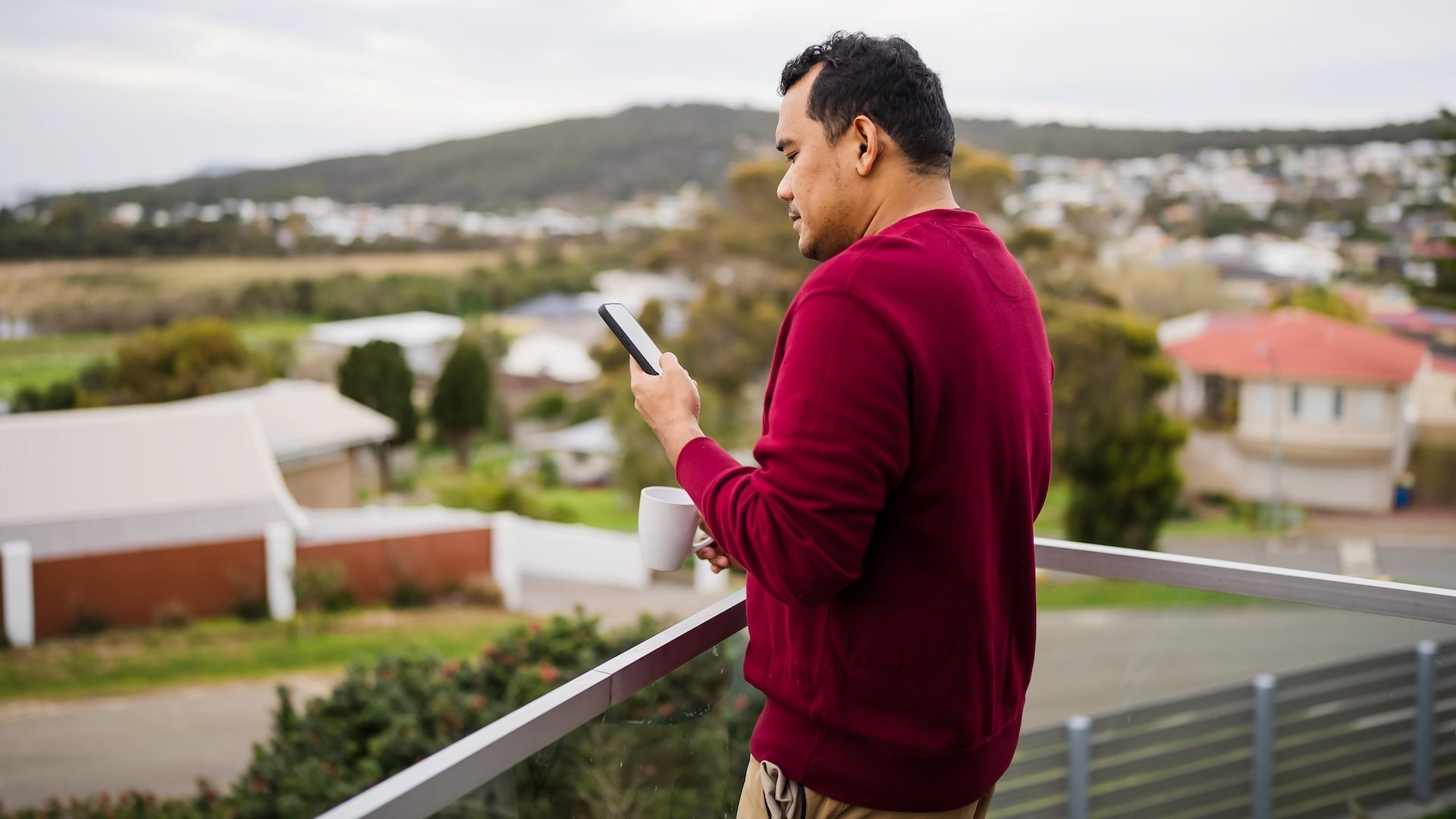
Telstra vs Optus vs Vodafone: Difference between the big three telcos
When you Optus, and Vodafone.

When you Optus, and Vodafone.

These days most mobile plans come with unlimited call and text credits, so a major factor to consider when you compare mobile phone plans is how much data is included.

Look, we’ve all had a weird thought or random question, especially when it comes to new technology. So in the spirit of learning and curiosity, here are your silliest mobile questions, seriously answered.

Most of us just go to the supermarket to pick up groceries, but did you know these days you can even get a brand new mobile phone plan?

The end of financial year is an ideal time to reassess your finances and find out where you’re spending too much on everyday bills, such as your mobile and internet plans.

When we spend as much time as we do using our mobile phones, iPads, laptops and other digital devices, you want to know that you’ve got a good mobile or internet deal to keep you connected.

From a data breach that affected over a third of the Australian population to a nationwide outage just last week, Optus customers have been through the wringer over the past two years.

Attention Google lovers, the newest Google Pixel 8 and Google Pixel 8 Pro has just been announced.